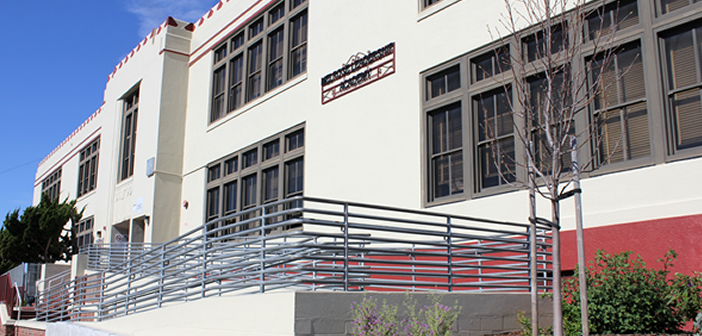The achievement gap between rich and poor students in the United States is large and growing. On average, children from low-income families have lower test scores, lower rates of high school and college completion, and eventually lower earnings than their peers from higher-income families. Addressing this is key to breaking the cycle of poverty an inequality across generations.
One contributing factor is differences in resources between schools attended by high- and low-income students. In our recent paper, “School Finance Reform and the Distribution of Student Achievement,” we show that school resources play a major role in student achievement, and that finance reforms can effect major improvements in student achievement in low-income school district. Accordingly, states that have implemented reforms have seen steady declines in the test score gap between high- and low-income school districts, over a period when states that did not implement reforms saw rising gaps.

